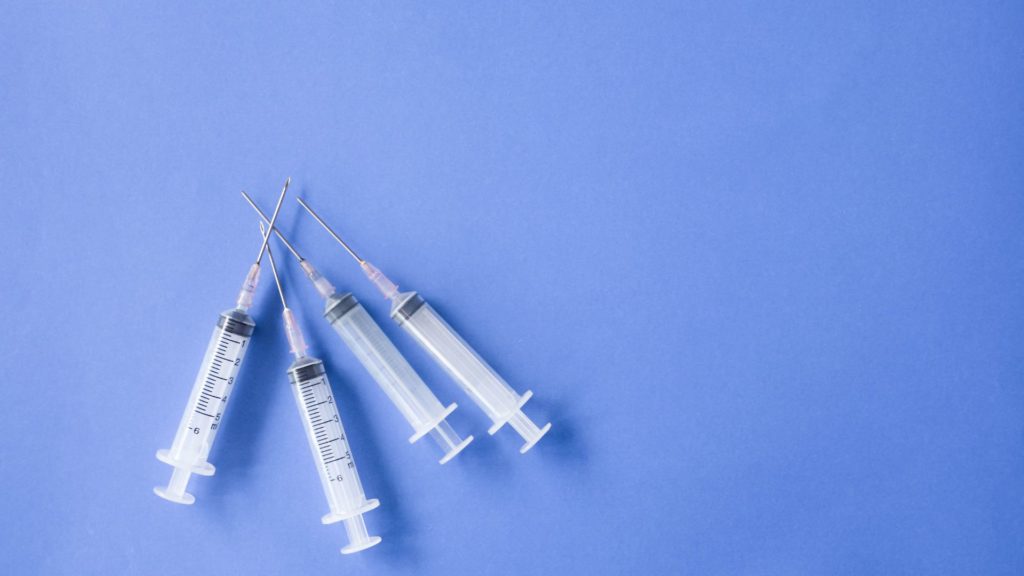If you’ve ever ordered mushroom spore syringes from us at Quality Spores, the following question may have crossed your mind: how exactly do spores go from a mushroom into that tidy little syringe?
In today’s entry on the Quality Spores blog, we’re going to discuss that very process. Note that the creation of a spore syringe requires a mature mushroom; throughout most jurisdictions in the United States and other western countries, mushrooms are illegal to cultivate or possess. The topics discussed here today are for educational purposes only.
Note that the above only refers to illegal mushrooms; making a spore syringe from mature mushrooms in the U.S. is entirely legal if one is making spore syringes for culinary, medicinal, ornamental, or other legal mushroom varieties. After all, it’s likely that the button mushrooms and Portobellos at your local grocery store were originally grown from spore syringes!
Having said that, let’s find out how it all works:
Spore Prints into Spore Syringes: The Process of Making a Spore Syringe

A spore syringe consists of relatively simple constituent parts: a syringe, a non-nutrient liquid solution, and mushroom spores. How it all comes together is another story.
Mushroom spores are typically harvested from a mature fruiting body. A spore print (or, more likely, several) are taken. For information on spore prints and how those are made, see our article about how to make a spore print. Essentially, a spore print is a sheet of paper, foil, or other clean surface upon which a mushroom cap has been placed until it releases enough spores to be collected.
These spores must then be placed into a sterile, non-nutrient liquid. Distilled water in a sterilized container is very common. Typically, this will take place in a still air box or similar contraption; this is to prevent contamination. The solution can be brought up into the syringe, closed off, and is now ready for storage and later use.
Important Considerations: Proper Equipment, Potential Contamination, and Alternatives
The importance of sterility during the process of making a spore syringe cannot be overstated; it is perhaps the single most important thing a mycologist must keep in mind during the process.
This is why sterilized containers are used for everything, distilled water is used as a liquid solution, and tools like cleaning products, isopropyl alcohol, pressure cookers or industrial sterilizers, still air boxes, and other tools are used in the process.
Ready to Learn More About Microscopy, Fungal Taxonomy, and Exotic Mushroom Spores?
While it can be a fun project to make a spore syringe out of your legal, culinary mushrooms, at the time of this writing one typically cannot make their own mushroom spore syringes, at least not inside the United States. Besides, as you learned above, making a spore syringe is a very time consuming and relatively delicate process; most microscopists find it far more convenient to simply buy syringes from reputable vendors such as Quality Spores.
